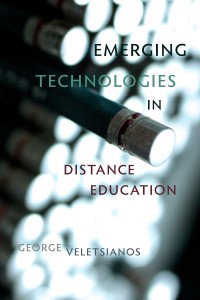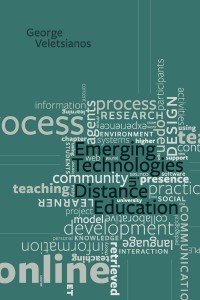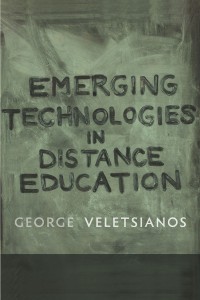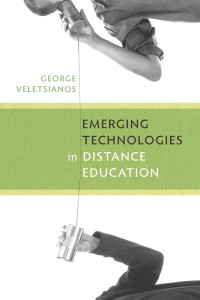The latest issue of The International Review of Research in Open and Distance Learning has been published and in it there’s an article I wrote with Irene, who’s one of the many talented PhD students I work with. The paper provides an up-to-date analysis and description of Adventure Learning and is intended to be a must-read for researchers and practitioners interested on the topic. Specifically, we are providing a metasynthesis of Adventure Learning identify current research and knowledge on the topic as well as research gaps. I’m very excited about this publication because it was very fun to write, it is my second paper with a PhD student, and it is published in an open access journal. If you are interested, here is the reference, link, and abstract. I hope you enjoy reading this as much as we enjoyed writing it:
Veletsianos, G., & Kleanthous, I. (2009). A review of adventure learning. The International Review Of Research In Open And Distance Learning, 10(6). Retrieved December 27, 2009, from http://www.irrodl.org/index.php/irrodl/article/view/755
Adventure Learning (AL) is an approach for the design of digitally-enhanced teaching and learning environments driven by a framework of guidelines grounded on experiential and inquiry-based education. The purpose of this paper is to review the Adventure Learning literature and to describe the status quo of the practice by identifying the current knowledge, misconceptions, and future opportunities in Adventure Learning. Specifically, the authors present an integrative analysis of the Adventure Learning literature, identify knowledge gaps, present future research directions, and discuss research methods and approaches that may improve the AL approach.
Authors engaged in a systematic search strategy to identify Adventure Learning studies and then applied a set of criteria to decide whether to include or exclude each study. Results from the systematic review were combined, analyzed, and critiqued inductively using the constant comparative method and weaved together using the qualitative metasynthesis approach.
Results indicate the appeal and promise of the Adventure Learning approach. Nevertheless, the authors recommend further investigation of the approach. Along with studies that investigate learning outcomes, engaging aspects of the AL approach, and the nature of expert-learner collaboration, future Adventure Learning projects that focus on higher education and are (a) small and (b) diverse, can yield significant knowledge into Adventure Learning. Research and design in this area will benefit by taking an activity theory and design-based research perspective.









